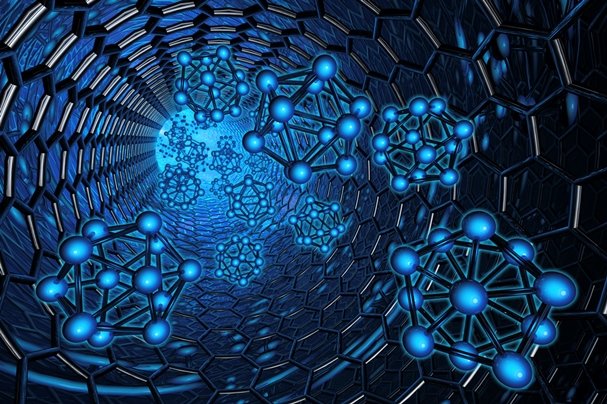Cellulose nano particles (PhD in nano-microelectronics)
Researcher and author: Dr. ( Afshin Rashid)
Note: Cellulose is a molecule composed of carbon, hydrogen and oxygen and is found in the cellular structure of almost all plant materials. This organic compound, which is the most abundant substance on earth, is even excreted by some bacteria.
Cellulose is the most abundant biopolymer on earth. It is a complex carbohydrate or polysaccharide made up of hundreds to thousands of glucose molecules that bind together to form a chain. Cellulose is made from glycosidic bonds (β (1 → 4) between D-glucoses. In contrast, the formation of glycogen and starch is possible through glycosidic bonds (α (1 → 4) between glucose molecules. Cellulose forms a linear chain polymer, and hydroxyl groups form hydrogen bonds with oxygen atoms on glucose molecules, holding the chains in place and giving the fibers high tensile strength.
The use of particles from micro-scale to nanoscale provides advantages for various scientific fields, but because a large percentage of their atoms are on the surface, nanomaterials can react greatly and pose potential risks to humans. To have with. Nanoparticles are highly regarded both in industry and in the natural sciences due to their widespread use. While natural materials have fixed physical properties regardless of size, the size of a nanoparticle determines its physical and chemical properties. Therefore, the properties of a substance change as its size approaches the nanoscale and the percentage of atoms on the surface of the material becomes significant.An important feature of all nanostructures is that the number of surface atoms in them is greater than the number of volume atoms. This ratio increases with decreasing nanoparticle size. Therefore, nanoparticle size is an important feature. The range of change in nanoparticle activity depends on the nature and shape of the nanostructure. With However, if the energy field of nano-particles with energy exposure to electro-magnetic analogy, and if within a certain wavelength, the occurrence of chemical reactions in materials under irradiation dramatic changes the activity of nanoparticles in the size of 100nm will be dramatic. Nanoparticle surface atoms are not energy compensated. In general, the results of nanoparticle energy growth can be expressed as the total energy of the atomic surface atoms. Freedom of movement of surface atoms of nanostructures It is limited and only vibrational movements and electron movements are possible. These two electro-kinetic reactions are interdependent because the displacement of the electron clouds of the atoms inevitably changes the vibrational frequencies of the bonds of the nanoparticle atoms . On the other hand, the displacement of capacitance electrons in bonds changes the polarity of bonds and objects called supermolecules . In this case, electron transfer to a higher energy level is possible.
Conclusion :
Cellulose is a molecule composed of carbon, hydrogen and oxygen and is found in the cellular structure of almost all plant materials. This organic compound, which is the most abundant substance on earth, is even excreted by some bacteria.
Researcher and author: Dr. ( Afshin Rashid)
PhD in Nano-Microelectronics




